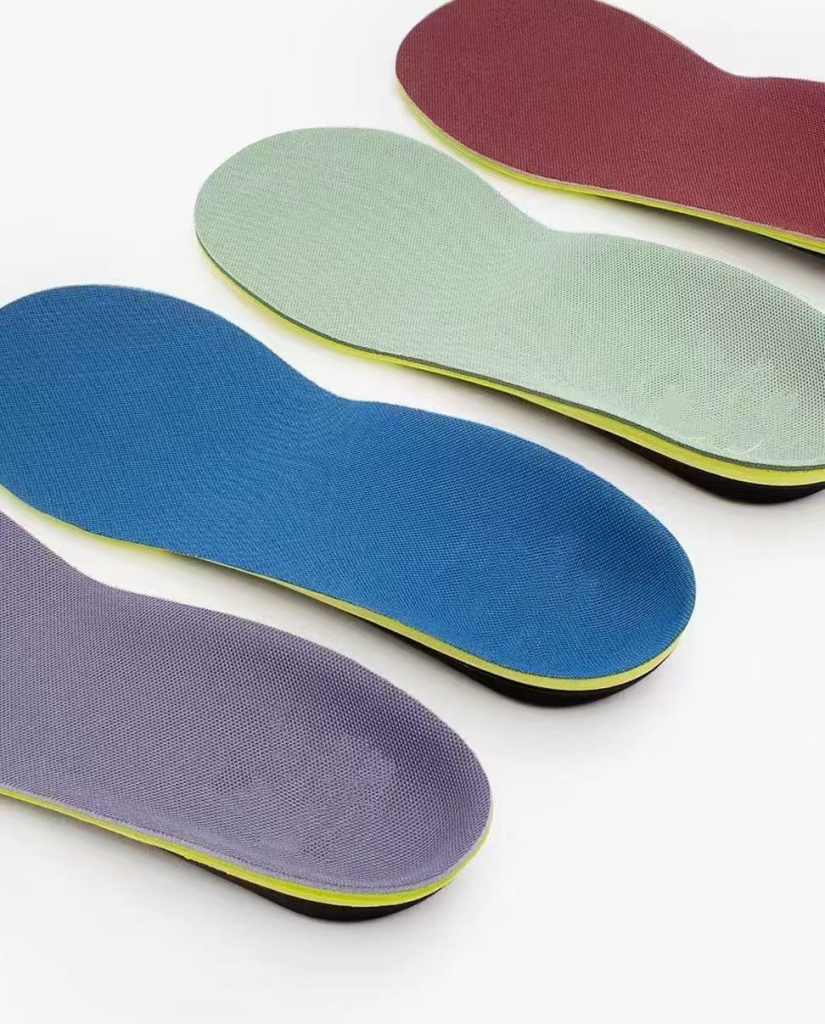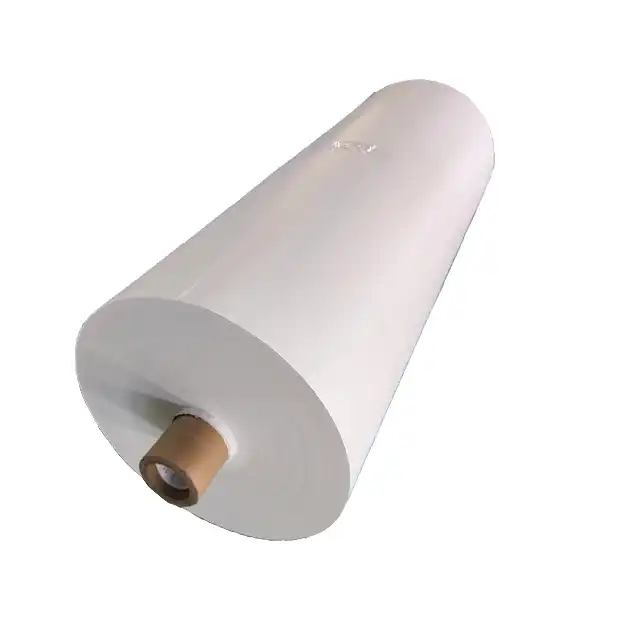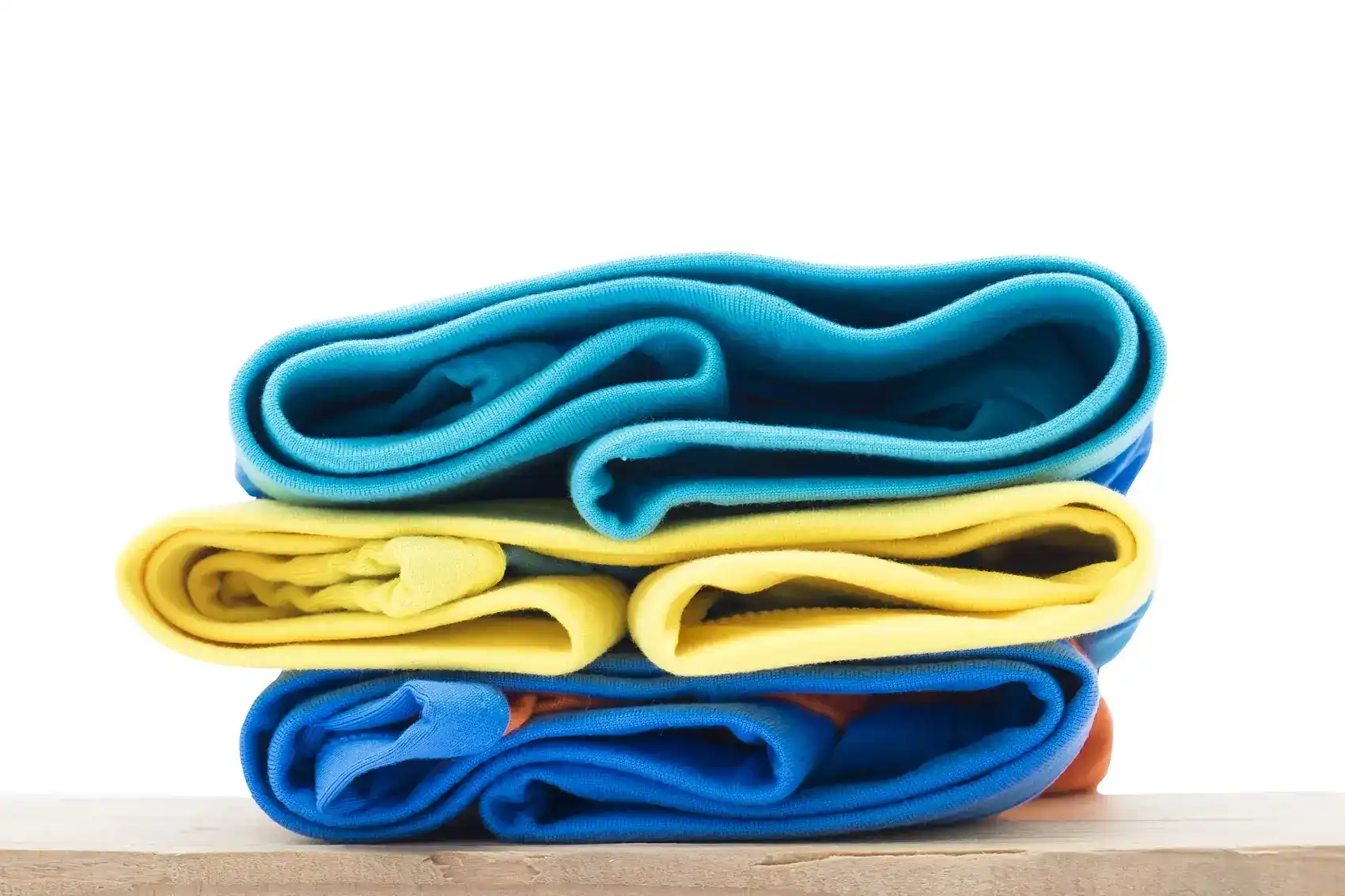Bio-based Hotmelt Adhesive Film:Environmentally friendly green bonding!
Release time: 2025-07-14
In the pursuit of sustainable development, environmentally friendly materials are gradually replacing traditional petroleum-based products. Bio-based hot melt adhesive film, as a new type of green adhesive material, is emerging in packaging, textile, automotive, medical and other fields due to its excellent performance and eco-friendly charact eristics. Today, let’s take an in-depth look at this innovative material and see how it can change our future!

01 Introduction to Bio-based Adhesive Films
Hot melt adhesive films are bonding materials that are applied by melting, coating, or pressing, and then rapidly solidified upon cooling.
Unlike traditional hot melt adhesives, bio-based hot melt adhesive films are primarily made from renewable biomass resources such as corn starch, sugarcane, and plant oils, rather than petroleum-derived materials.
02 Advantages
1. Eco-friendly and Biodegradable
In specific environments (such as compost, soil, and water), enzymes secreted by microorganisms can break down the adhesive film into water, carbon dioxide, and organic matter, leaving no microplastic residue.
2. High Performance Adhesion
Modified technologies allow the adhesive film to achieve high adhesion strength, strong peel resistance, and excellent temperature resistance.


3. Low Carbon Footprint
Bio-based raw materials absorb CO₂ through photosynthesis during their growth process, resulting in a lower carbon footprint over the entire life cycle compared to traditional plastics.

04 Application Areas

Bio-based hot melt adhesive films are capable of meeting most medium to high-end bonding needs. Their advantages in sustainability, safety, and functionality make them suitable for industries with stringent environmental requirements, such as textiles, footwear composites, and automotive interiors.
1. Textiles and Apparel
- Garment Interlining Bonding: Soft, washable, low-temperature bonding (prevents damage to fabrics).
- Functional Fabric Lamination: Breathable, waterproof, high strength.
- Seamless Garment Manufacturing: High elasticity, resistant to repeated stretching.
- Wearable Textile Devices: Conductive, flexible bonding.

2. Footwear Composites
- Sports Shoe Flyknit Upper Bonding: Lightweight, breathable, low-temperature bonding (avoids high-temperature damage to Flyknit fabric).
- Eco-friendly Casual Shoe Sole Bonding: High-strength bonding, resistant to rain and abrasion.
- Biodegradable Insole Fixing: Breathable, anti-mildew, gentle bonding (prevents residue during peel-off).

3. Automotive Interiors
- Dashboard Lamination: High-temperature resistance (80-120℃), anti-aging.
- Door Panel Upholstery Bonding: Low-temperature forming, high initial tack.
- Roof Lining Lamination: Lightweight, low odor.
- Seat Fabric Lamination: Abrasion-resistant, sweat stain-resistant.
- Sound Insulation Cotton Fixing: Moisture and heat resistant, shock absorption.


Bio-based hot melt adhesive films are gaining importance across industries for their performance and eco-friendly benefits. With ongoing technological advancements, they will better meet environmental and performance needs. Anhui Tomis is dedicated to developing sustainable materials, offering efficient, greener solutions.


